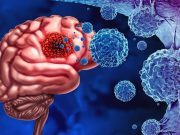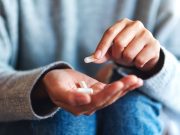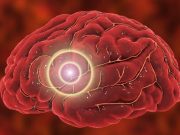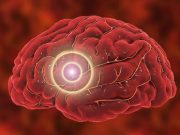Tag: Cancer: Brain
Mutational Signatures Tied to Haloalkane Exposure Are Enriched in Firefighters
Researchers say identifying occupational correlates with variants associated with exposure to haloalkanes may help pinpoint avoidable occupational hazards
Ultra-Rapid Molecular-Genetic Assays Feasible for Tumor Classification During Surgery
Ultra-rapid digital droplet PCR can measure the levels of tumor cells in a tissue sample in about 15 minutes
Hormone Therapy Not Associated With Glioma Risk in Women
Similar findings with no significant association seen when accounting for hormone therapy status and duration of use
AI Model FastGlioma Can Detect Glioma Infiltration During Surgery
FastGlioma outperformed image-guided and fluorescence-guided adjuncts in a head-to-head prospective study
Anatomic Changes Can Be Seen With MRI-Linac for Glioblastoma Patients
74 percent of patients had the same changes from pretreatment to posttreatment with T1 + contrast and MRI-linac lesions
Treatment of CNS Tumors in Childhood Slows Academic Readiness
Slowed development of academic readiness predictive of distal academic outcomes in reading, math
FDA Approves Voranigo for Grade 2 Astrocytoma or Oligodendroglioma
This is the first FDA-approved systemic therapy for patients with a susceptible IDH1 or IDH2 mutation
Brain Cancer Risk Increased After Moderate/Severe, Penetrating TBI
Risk for subsequent development of brain cancer increased in cohort of mostly male veterans
AI Tool Allows Identification of Malignant Cells in Gliomas
CHARM can also distinguish isocitrate dehydrogenase-mutant tumors from wild type, and classify three types of molecularly defined gliomas
Preop Stereotactic Radiosurgery May Aid Outcomes With Resected Brain Metastases
Several tumor and treatment factors were tied to risk for poorer outcomes














